Visually, the Nopia looks like quite a basic synth. No display unit, no labeling, basic construction, and just 12 keys… yet the synth’s launch video has over 2 million views since its debut last week, and the Nopia Instagram page has more than 17 thousand followers. If you’re wondering why, just give the video above a watch and you’ll realize what makes the Nopia so special.
Unlike any other MIDI synth I’ve seen before (and I’ve seen quite a few), the Nopia v1 isn’t as much a synth as it is a chord generator. This means that when you hit a key, instead of hearing an individual note, you’ll hear a pre-ordained chord that’s programmed to that note. Press another key and you get another chord within the same tonal scale. Buttons on the right side let you change your scale, but whenever you do, the synth keys never play notes… they only play chords, and they play chords within the same “tonal harmonic scale”. The result is fantastic to the ears, and opens up a myriad of possibilities for amateurs and professionals alike.
Designers: Martin Grieco & Rocío Gal
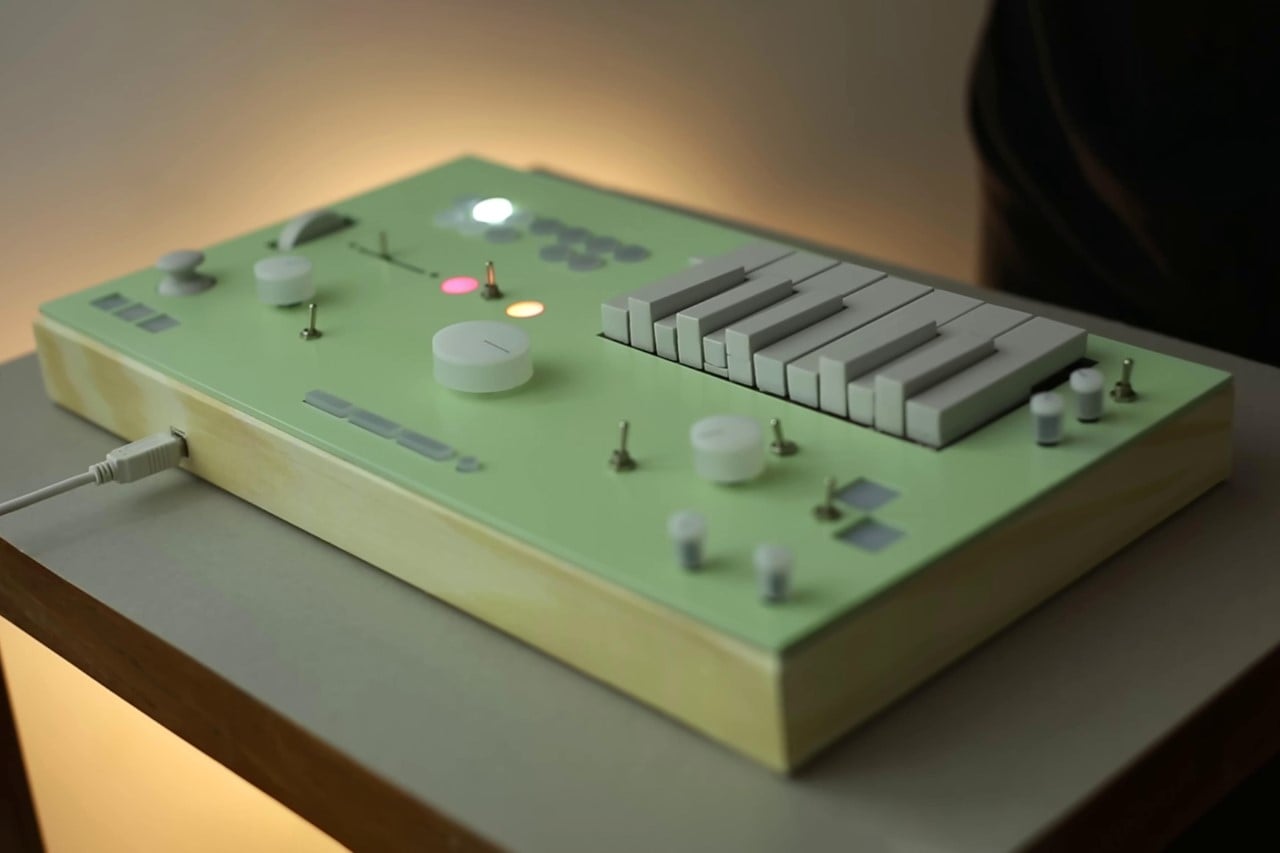
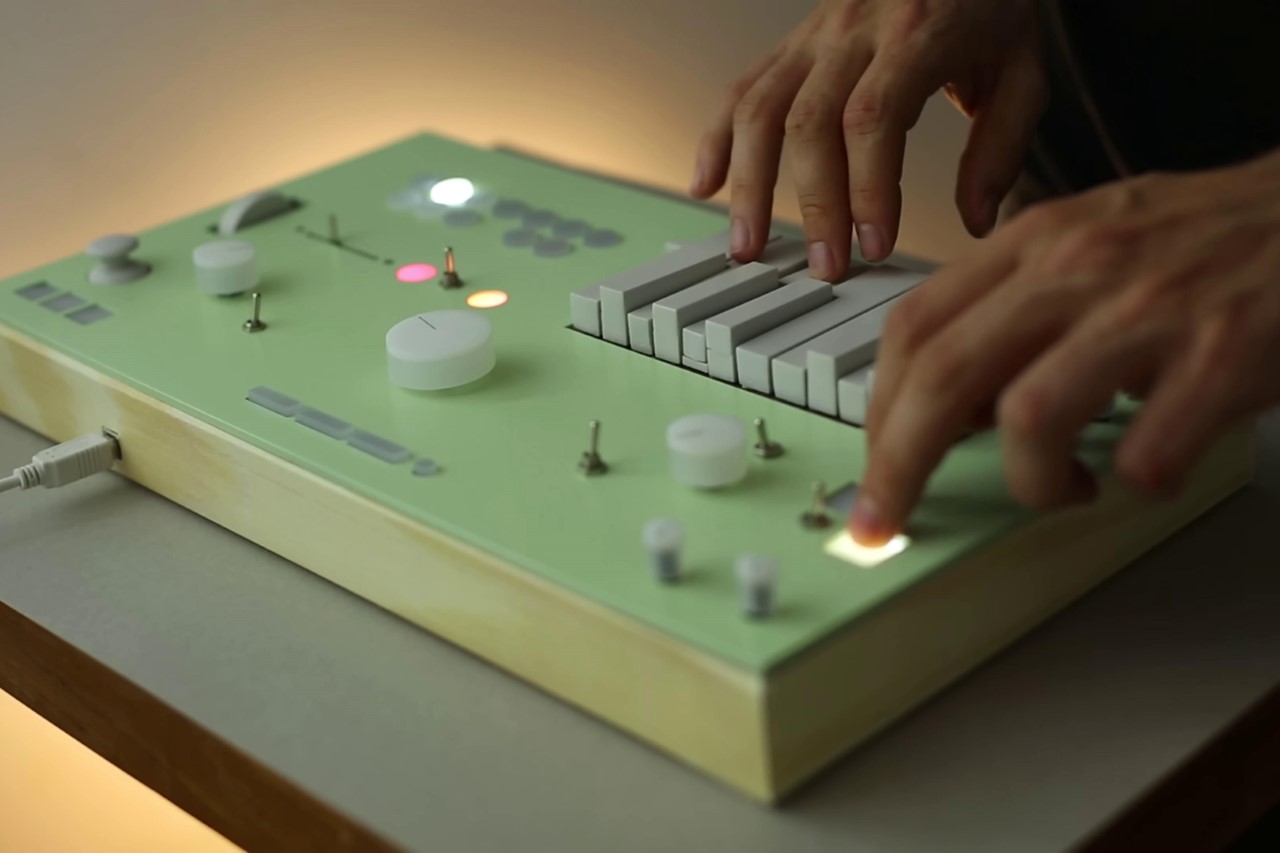
Playing chords are tricky. You need to learn which notes make up which chords, then you need to figure out where they’re located on a keyboard, and then struggle as your fingers work up their muscle memory as you switch between different chords. With the Nopia v1, it’s as easy as just pressing a button. Moreover, the Nopia v1 also lets you accompany your chords with bass notes, drums, and arpeggios by just pressing a button or flipping a switch.
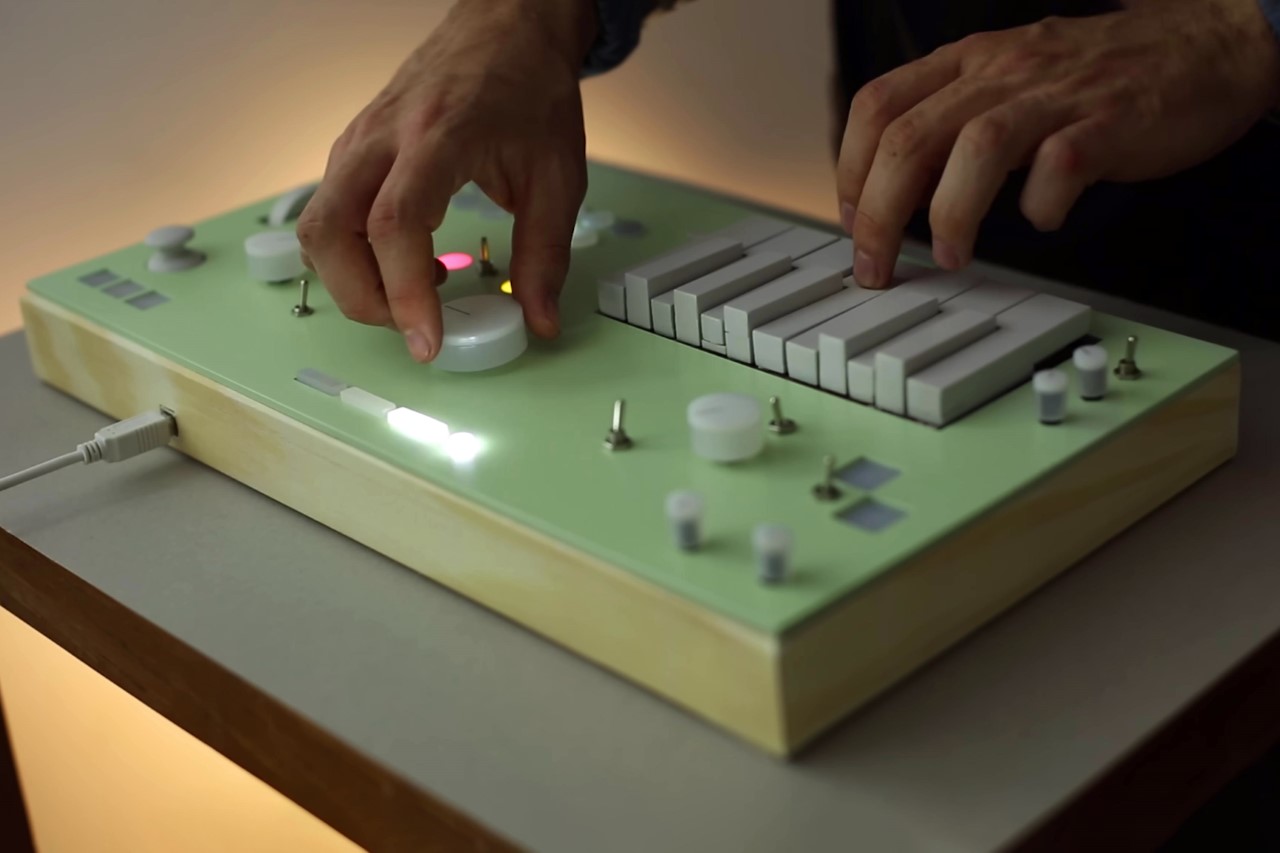
The different buttons, knobs, switches, and sliders on the Nopia v1 help layer your chords with more complex elements. A bass option gives a punchy root bass note, while the arp option turns your chord into a dreamy chordscape of dancing notes. The Nopia v1 even has a built-in vocoder that lets you almost instantly turn your song into something very Daft Punk-like, helping modulate your voice along with the synthesizer to create something robotic yet melodic.
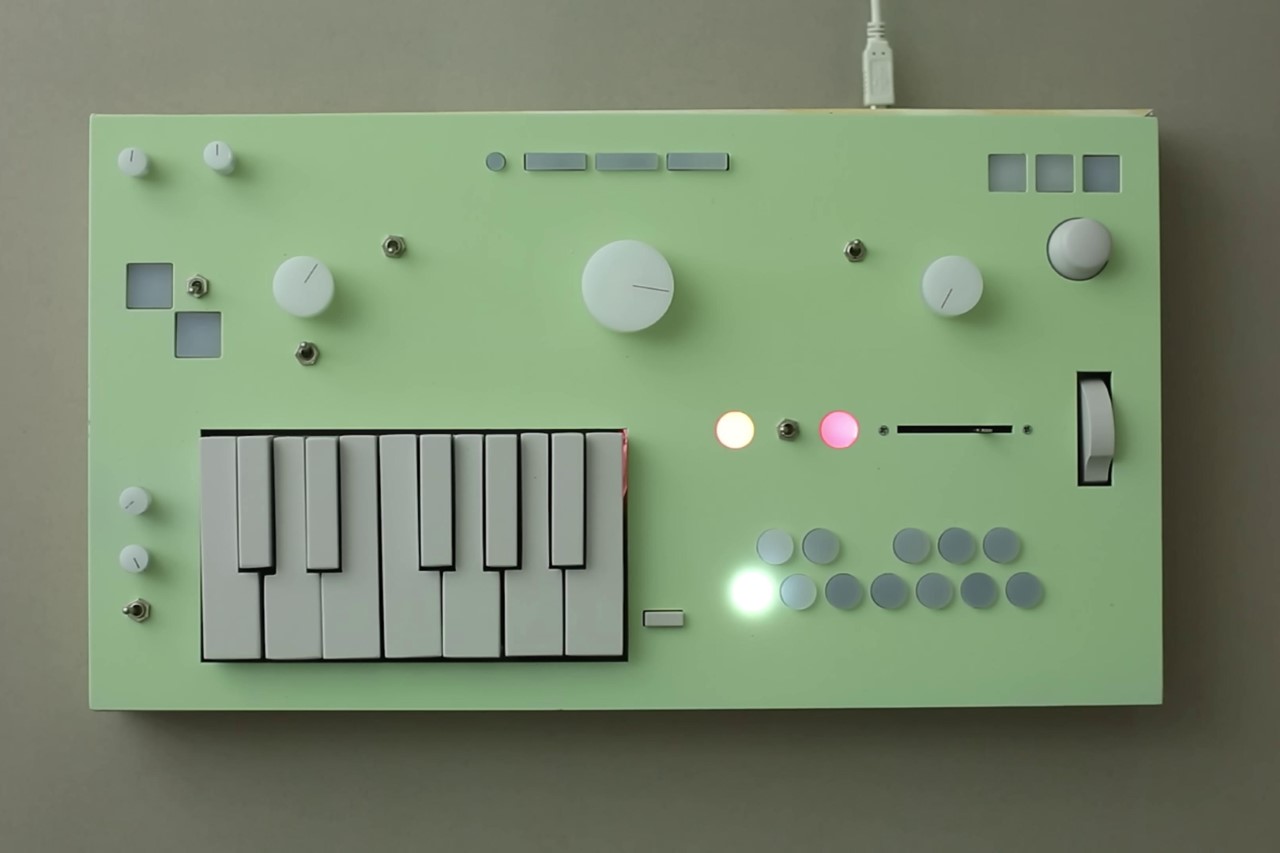
The synth works on the concept of “Tonal Harmony”, which maker Martin Grieco mentions that no other synthesizer on the market does. Tonal Harmony looks at chords related to a particular scale, and lets you play them instead of playing ‘any random chord’. It’s a lot like choosing your toppings for you, based on an ice cream flavor you pick. Choose a sorbet and your toppings get limited to fruits and syrups. Choose a chocolate or vanilla and you get options like oreo, mint, and choco chips. This ability to offer a select number of chords makes playing/ideating/jamming a whole lot easier and fool-proof.
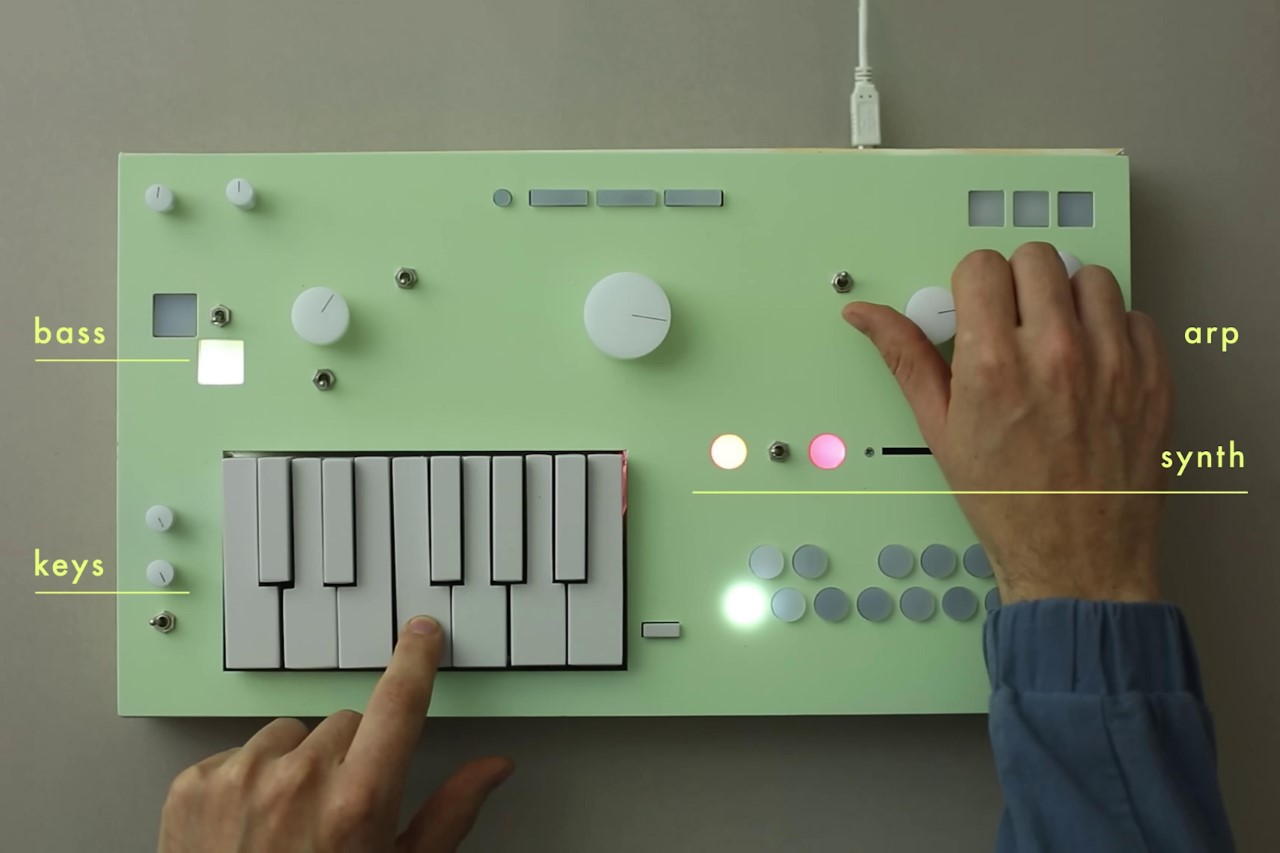
The Nopia v1, built as a prototype by Martin Grieco and Rocío Gal, has an incredibly basic aesthetic. There’s no labeling, no branding, and really no display to tell you what you’re doing, what features are on, or what preset you’ve selected. The synth looks basic, almost to a fault, but it’s all by design. The reason it looks so bare is because it’s an audio playground for anyone to tinker with. I’m assuming Grieco and Gal will probably make a few tweaks to the overall design as time passes by, but for now, the Nopia is simple… and that’s just the way it should be.
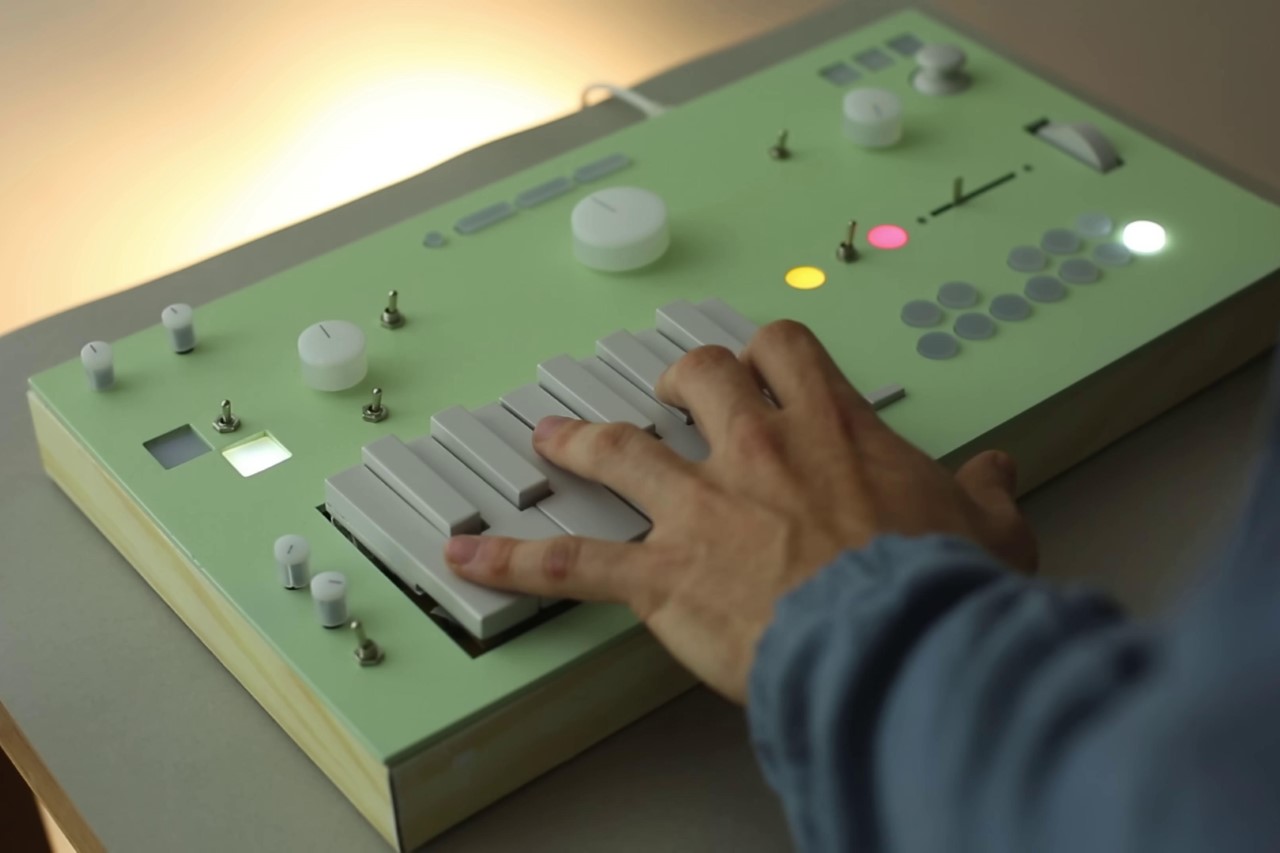
So what’s the hype around Nopia v1?? Why does this simple-looking synth have millions of views online and upwards of 17 thousand followers on Instagram? To understand what makes the Nopia so special, it’s worth comparing it to ChatGPT. The reason ChatGPT became so popular is because it was intelligent, unique, and had the ability to turn practically anyone into a specialist by providing them with a vast amount of tailored information on any topic. Google Search could never do that. Nopia works sort of the same way. Instead of having you learn chords, harmonic scales, modes, synthesis techniques, etc., Nopia just invites you to press keys and play with controls. There’s no judgement, and there’s absolutely no way you’ll be able to play anything “wrong”. Everything you do sounds melodic, sort of like playing a harmonica, but with a whole lot of sonic complexity built in.
Makers Grieco and Gal just dropped this video announcing the Nopia a week back, and the response has been absolutely overwhelming. We’re still awaiting details on availability, interoperability, price, etc… so stay tuned for more!
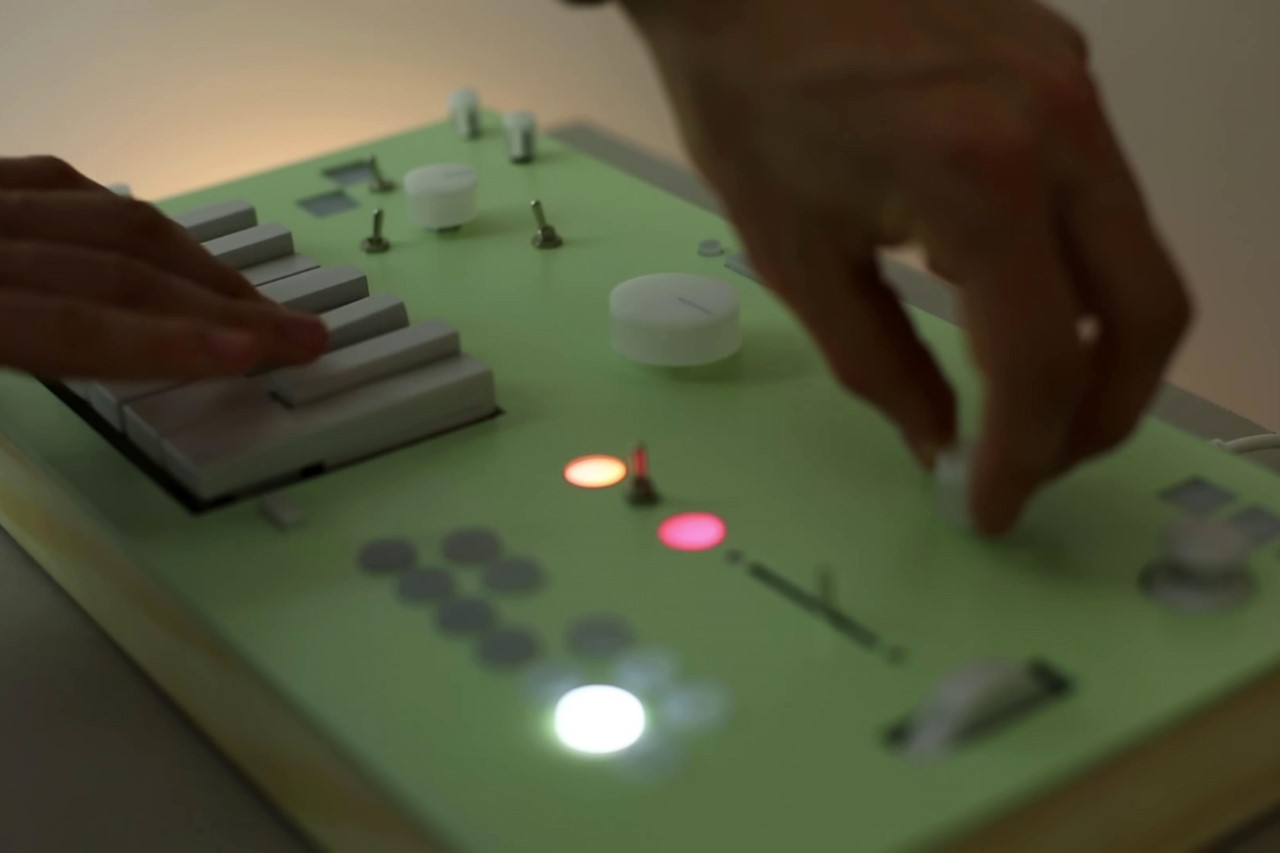
The post 2.1 Million Views in 6 Days… What Made This MIDI Synth’s Launch Video SO Viral? first appeared on Yanko Design.